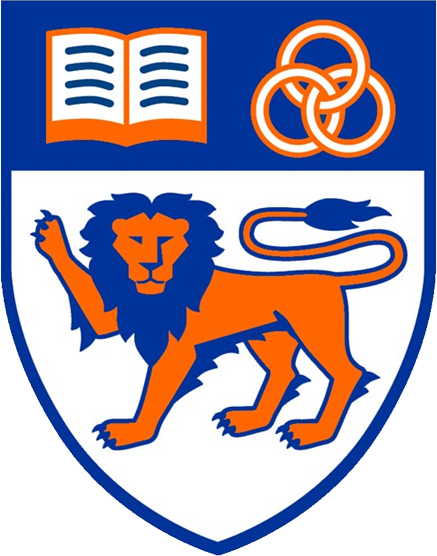Problem A
Pivot
An $O(n)$ Partition algorithm partitions an array A around a pivot element (pivot is a member of A) into three parts: a left sub-array that contains elements that are $\leq $ pivot, the pivot itself, and a right sub-array that contains elements that are $>$ pivot.
A Partition algorithm is an integral part of a popular sorting algorithm Quicksort. Usually, the choice of pivot is randomized so that Quicksort has an expected $O(n \log n)$ running time performance.
Now the actual job in this problem is this: Starting from an array A that has $n$ distinct integers, we partition A using one of the member of A as pivot to produce a transformed array A’. Given this transformed array A’, your job is to count how many integers that could have been the chosen pivot.
For example, if A’ = $\{ 2, 1, 3, 4, 7, 5, 6, 8\} $, then 3 integers: $\{ 3, 4, 8\} $ could have been the pivot of partition, e.g. $\{ 2, 1, 3\} $ to the left of integer $4$ are smaller than $4$ and $\{ 7, 5, 6, 8\} $ to the right of integer $4$ are greater than $4$. However, the other 5 integers cannot possibly be the pivot, e.g. integer $7$ cannot possibly be the pivot as there are $\{ 5, 6\} $ to the right of integer $7$.
Input
The input consists of two lines. The first line contains integer $n$ ($3 \leq n \leq 100\, 000$). The second line contains $n$ distinct 32-bit signed integers that describes the transformed array $A’$.
Output
Output the required answer as a single integer in one line.
| Sample Input 1 | Sample Output 1 |
|---|---|
8 2 1 3 4 7 5 6 8 |
3 |
| Sample Input 2 | Sample Output 2 |
|---|---|
7 1 2 3 4 5 7 6 |
5 |

